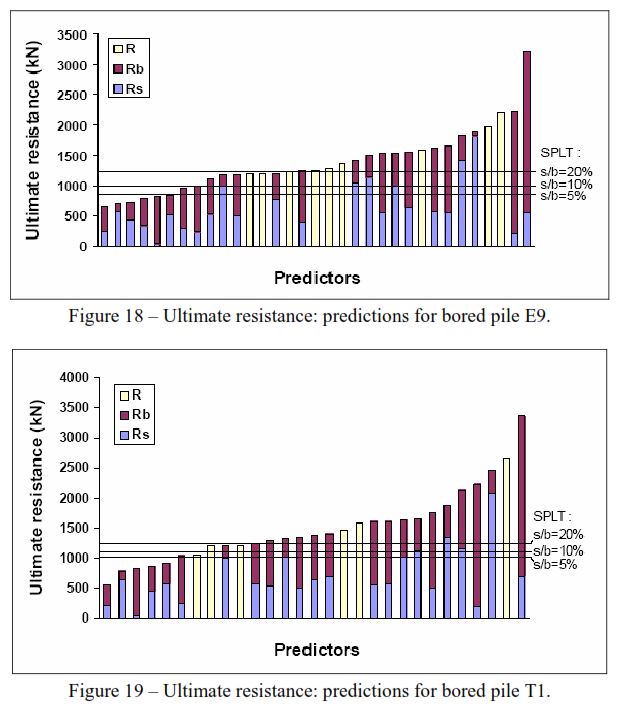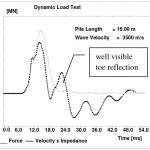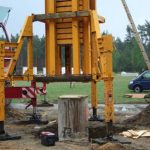International Prediction Event Behaviour of Cfa, Driven and Bored Piles in Residual Soil Experimental Site
Auteur(s): |
Viana da Fonseca, Santos, A. |
 |
Jaar: |
2008 |
|
Taal: |
Engels |
|
Waar: |
ISC'2,September 2008 / 240×170 / 688 pages ISBN: 978-972-752-104-3 ISBN: 978-98995625-1. |
INLEIDING:
In the north-western region of Portugal residual soils from granite are dominant. The thickness of these regional saprolitic soils may some times exhibit more than 20m, with more common values of 5 to 10m. Due to their specific genesis such soils present complex characteristics, which are a consequence, on the one hand, of their overall variability and heterogeneity and, on the other hand, the spatial arrangement and distribution of the particles and pore spaces. Coarse and resistant quartz grains are bonded by fragile clay plagioclase bridges, resulting in a fabric with medium to high porosity. The feldspars are subjected to heavy weathering processes, typical of high average annual precipitation and hydraulic behaviour of soils with such densities and grain size distribution.
The current design practice of bored and driven piles in residual weathered formations is merely semi-empirical and based on bearing capacity analyses (in general, without deformation evaluation). Fully instrumented pile load test are very much informative for the elaboration of specific correlations between load-deformation behaviour and in situ tests results (and also fundamental soil mechanics parameters obtained from precise laboratory tests), for establishing well-based design criteria. The possibility of integrating very wide information in a typical granite residual soil profile enables an innovative study of this subject.
A fundamental base to the success of this study is the execution of an extensive site investigation campaign, and laboratory characterization tests, allowing a confident and flexible choice in input parameters of the pile prediction event. This will also enable the accumulation of experience on such 'non-textbooks' soils, vis-a-vis 'young' residual soils (saprolitic) from granite.
The Conference ISC'2 (Second International Conference on Site Characterization) was held in 2004 at the Faculty of Engineering of the University of Porto (FEUP), Portugal (www.fe.up.pt/isc-2). An experimental site with very extensive site characterization including a large variety of in-situ tests and also pile load tests were prepared under the sponsorship of 4 construction companies.
A pile prediction event was organized by FEUP and IST- UTL (High Technical Institute of the Technical University of Lisbon) under the auspices of TC-16 and TC-18 of the ISSMGE. It was a class A prediction event, i.e., all the predictions were submitted before the conduction of static pile load tests, in January 2004. The event was part of a Special Session at the ISC’2 Conference.
In the experimental site (CEFEUP/ISC'2), 3 different kinds of piles were executed: bored piles with temporary casing, continuous flight augered, CFA, piles with circular section – nominal diameter φ600mm, and driven piles (with square section – with B=350mm). For the former types, a hydraulic rotary rig on a base machine allowed a temporary casing, installed by jacked and rotary crowd system, followed by a dry concretion, while, in CFA, an injection of concrete (slump of 190mm) with a pressure of 60 bar at the beginning, was made while pulling out the auger. The equipment used for driving the precast piles was a 4+1 ton hydraulic hammer, falling from about 23cm mounted on a base machine.
These 3 different types of piles were loaded axially side by side up to failure (piles E9 – bored, T1 – CFA and C1 – driven). The location of the piles is represented in the layout map.
DOWNLOAD:
U kunt het hele artikel hier downloaden, na het opgeven van uw naam en e-mail adres.



